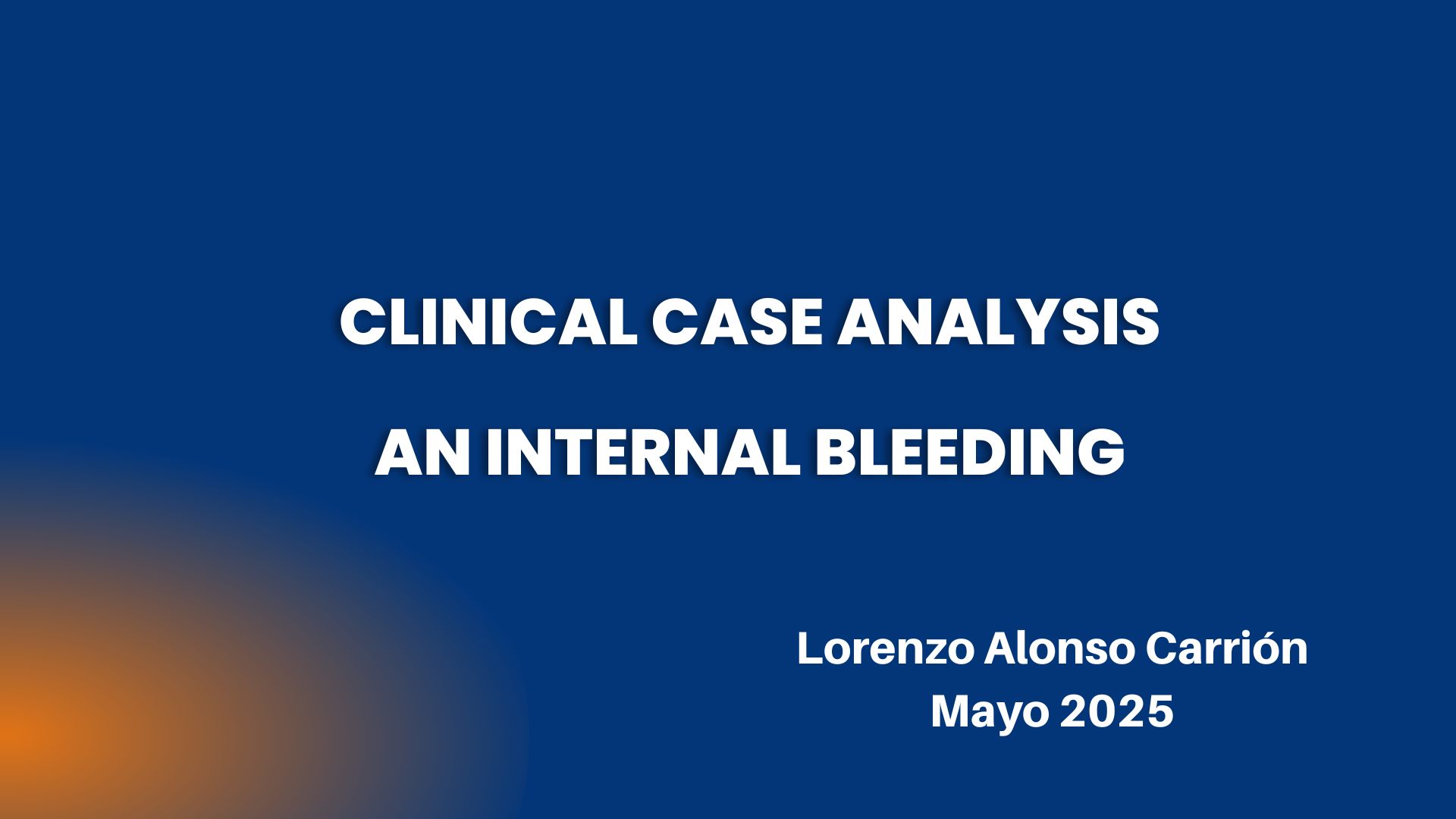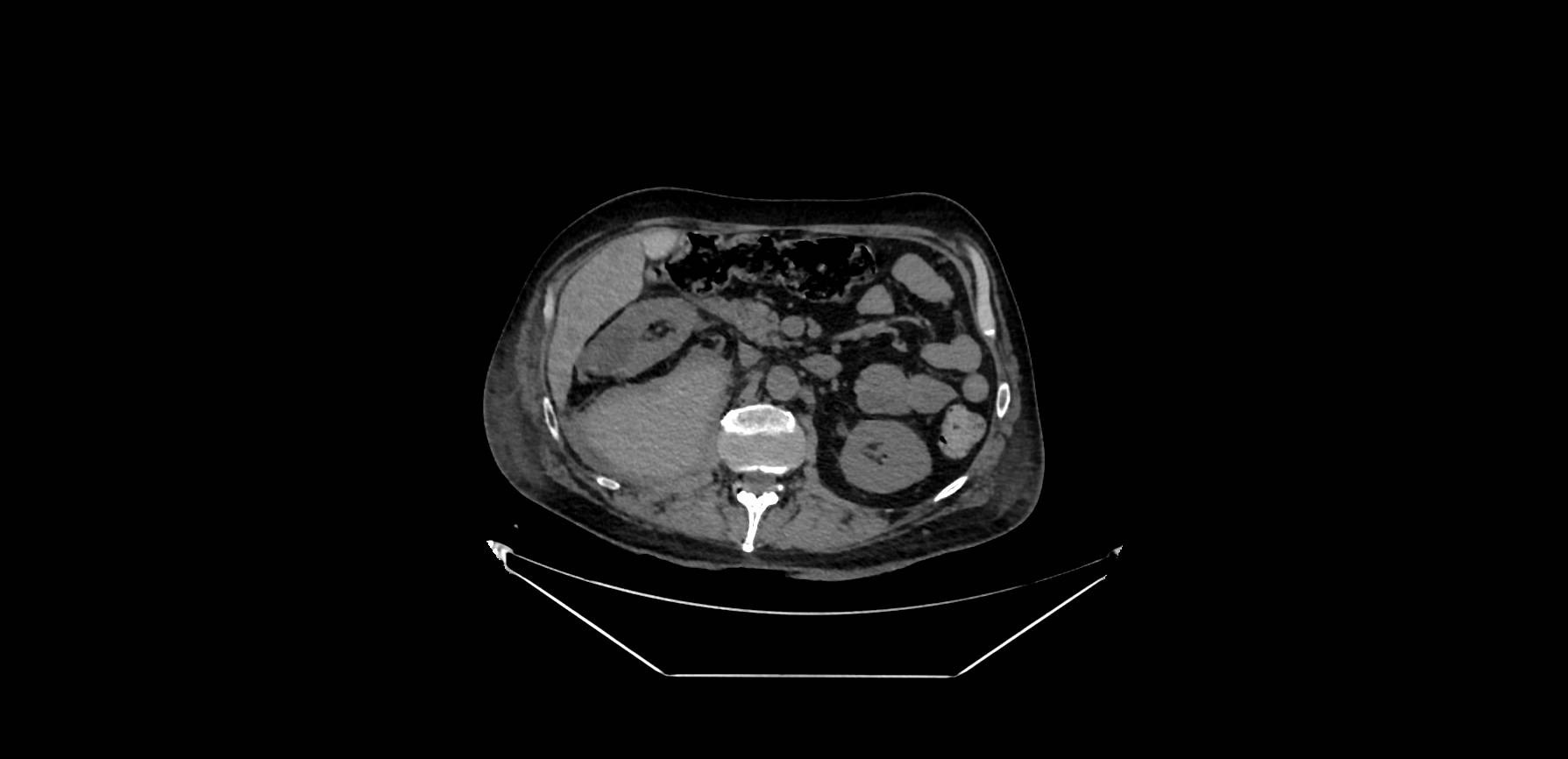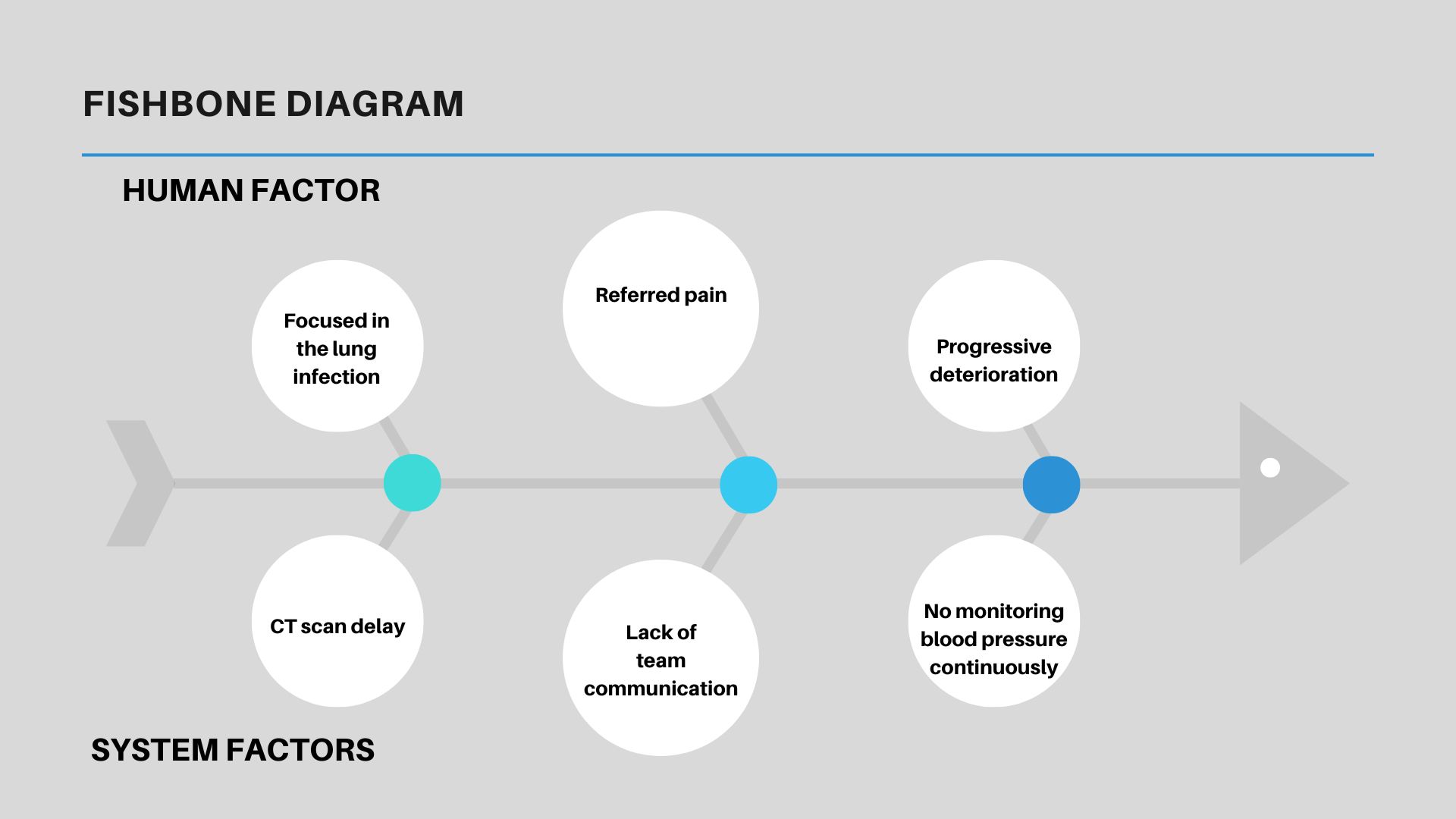Clinical Case Analysis. A Secret “Bag” for a Bleeding

Internal bleeding can be a devastating event in the evolution of a patient, and a difficult situation for a diagnosis. Different etiologies can be at the origin of the problem, and different locations can be affected. A coagulation problem, vascular malformations, among others, are the most frequent causes.
The clinical picture is directly associated with the intensity of the bleeding and the time span for it. An acute bleeding, associated with an intrabdominal malformation can be devastating for the patient, but a more continuous and less intense bleeding, can be detected in a lab test with anemia or the presence of hypovolemia. The most common symptoms are asthenia, pain in the area affected o referred, pallor and a low blood pressure.
Clinical Example
A 62-year-old man with a right kidney tumor, and an atrial fibrillation, taking oral anticoagulants. During his stay at the hospital for a pulmonary infection, the doctor in charge of the patient detected a progressive reduction in the Hemoglobin value, reaching a limit for a red cell transfusion.
Clinical Findings
The patient referred pain around his right hip, not directly associated with the movement, permanent, with a mild intensity. No previous antecedent of trauma or articular problems was recorded.
Clinical Evolution
The doctor in charged of the patient was alarmed with the evolution of the hemoglobin value, but he could not find any data of an external digestive or urinary bleeding, neither a sign of an internal digestive bleeding.
Final Diagnosis

Retroperitoneal bleeding (psoas muscle)
Comment
The psoas muscle has an aponeurosis with loose contact with the muscle fibers, which allows a relatively large accumulation of fluid in case of a bleeding in the area. It is not uncommon in this anatomical location the presence of a referred pain in the hip, because the psoas muscle travels a long way from its beginning to its final insertions in the hip and femur.
Analysis
We can see this clinical case as a Diagnostic delay, because it took him at least ten days since the beginning of the symptoms until the doctor reaches a final diagnosis.
We will analyze some possible causes associated with the delay, using a “fishbone diagram”.

Author: Lorenzo Alonso Carrión



